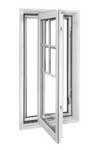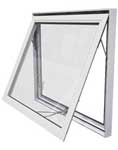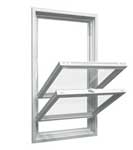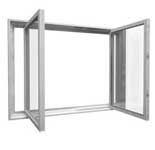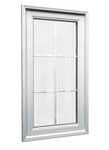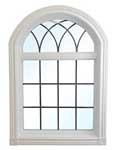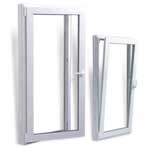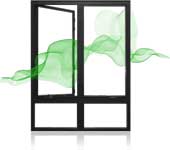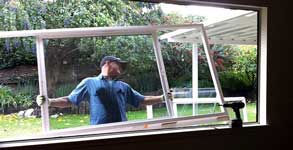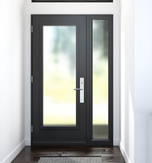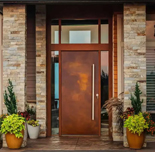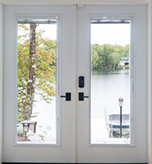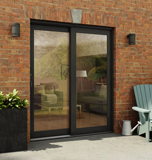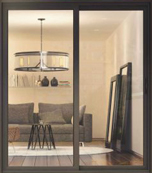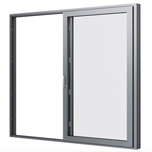The right windows play a crucial role in keeping you and your family comfortable during winter. Poorly insulated windows will mean much higher energy bills and having to bundle up indoors. In this article, we are looking at what makes the best windows for Canadian winters. There are a number of elements like the number of window panes, the gas used in glazing and the frame that make all the difference to winter window insulation.
Keep reading and make an informed decision about your windows for cold winters.
Must-have features for the best windows for Canadian winters
Multiple panes
The simple mantra is the more panes of glass the better. Double- and triple-glazed windows offer superior insulation to single pane windows. The space between panes of glass is filled with an inert gas that enhances thermal performance and improves noise isolation.
Argon & krypton
These are the three commonly used gases in double- and triple-glazed windows. Argon is used most and offers a great balance of price and performance.
Low-E coating
Low Emissivity or Low-E has become a byword for keeping spaces warmer during winter and cooler during summer. Low-E coatings are applied to one or both sides of window panes. Coatings are available in various grades.
Frames
People forget that the frame is a point of heat loss. Not all frames are built the same; different materials offer differing thermal insulation. Frames can be made from wood (least insulating), aluminum and vinyl (most insulating). Frames can be specified with insulating spacers and an insulating core for maximum performance.
Also Read: Choosing the Right Window for Your New Home | Window Shopping Guide [2023]
Measuring the thermal performance of a window
Did you know measuring the insulating performance of a window is far more than just “It feels warmer, probably”? There are a whole host of performance parameters prescribed by Natural Resources Canada that outline a window’s performance. You will find these either in a catalog or on a sticker pasted on the window.
U-Factor
The measure of heat loss over time.
Solar heat gain coefficient (SHGC)
The ratio of heat gain from sunlight entering the space.
Air leakage
Airflow in and out through a closed window.
Energy rating
Value combining U-factor, SHGC and air leakage performance.
One easy way to tell apart a window that is designed for winters from one that is not is by looking for the ENERGY STAR® label. It is a certification that the window has been independently tested by a laboratory for its thermal performance. Only windows which are expected to perform in cold climates are put through this rigorous certification process.
Looking for the best windows for this winter? Book an in-home consultation with an Eco Choice Windows and Doors representative and discuss your requirements.

